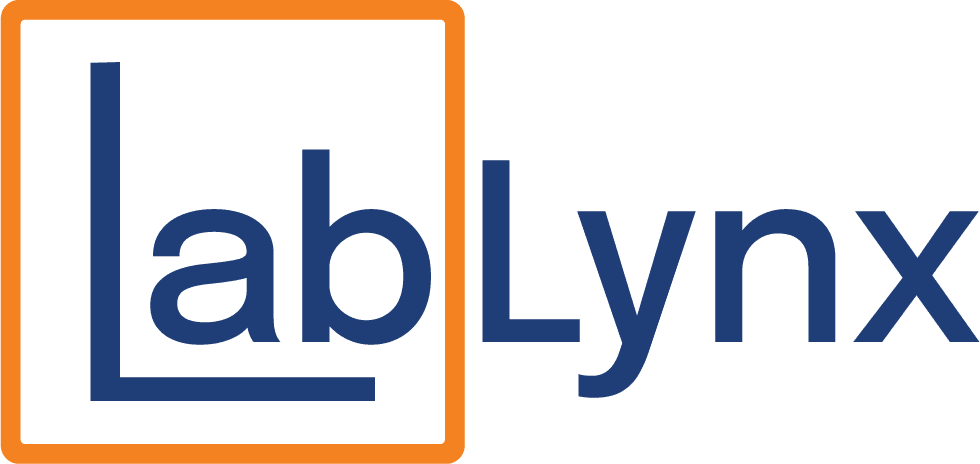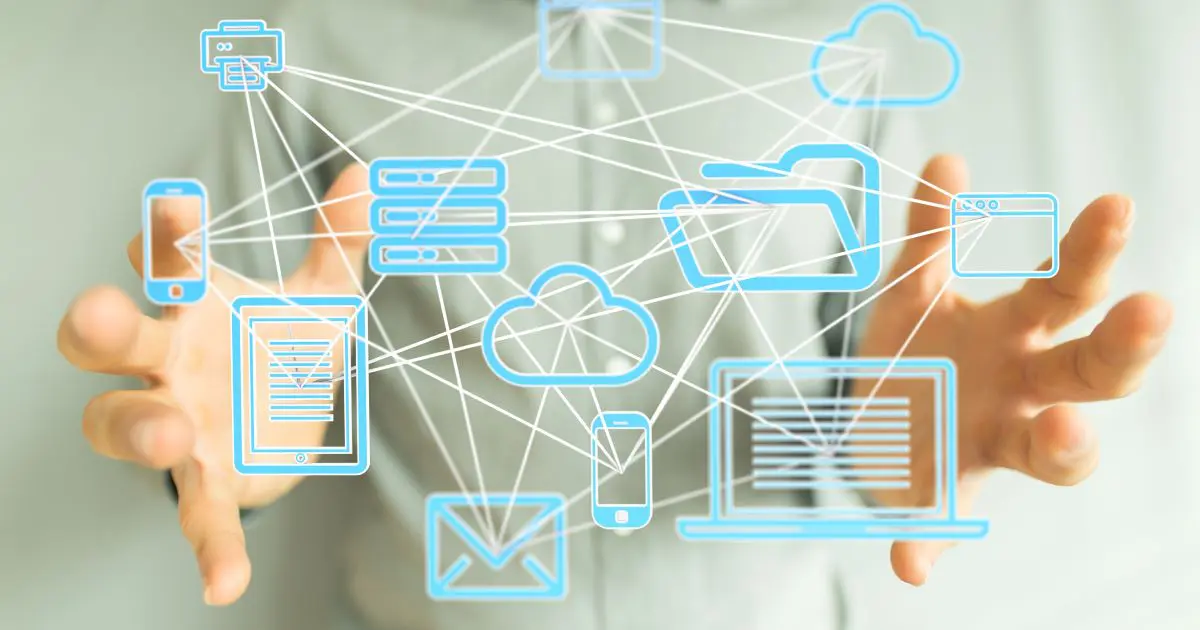
LIMS integration is no longer a luxury—it’s a necessity for labs that want to stay competitive, compliant, and data-driven. A Laboratory Information Management System (LIMS) is the core of your lab’s digital operations, but its true power is unlocked when it seamlessly connects with the tools, instruments, and systems you already use. This article explores how LIMS integration works, why it matters, and how LabLynx helps labs unify their data for better outcomes.
What Is LIMS Integration?
LIMS integration refers to the process of connecting your LIMS platform with other digital systems and lab instruments. These may include analytical instruments, Electronic Lab Notebooks (ELNs), Enterprise Resource Planning (ERP) software, Customer Relationship Management (CRM) systems, billing tools, and regulatory databases. Integration allows for seamless data exchange between platforms, eliminating manual entry and improving overall lab efficiency.
Why LIMS Integration Matters
Modern labs rely on a wide range of systems to collect, analyze, and share data. Without integration, these systems often operate in silos, leading to inefficiencies, duplicated work, and errors. LIMS integration solves these problems by:
- Reducing manual data entry and transcription errors
- Accelerating turnaround times for test results
- Improving data accuracy and traceability
- Streamlining regulatory compliance and reporting
- Creating a centralized data ecosystem for better decision-making
Common Types of LIMS Integrations
1. Instrument Integration
Lab instruments such as HPLC, GC-MS, spectrophotometers, and balances can be directly integrated with your LIMS. This allows automatic capture of test results and metadata, ensuring speed and accuracy while freeing staff from tedious data entry tasks.
2. ERP and Finance Systems
Linking your LIMS with ERP or accounting platforms streamlines inventory management, billing, procurement, and cost analysis. Integrated financial workflows reduce administrative overhead and help align lab operations with organizational goals.
3. ELNs and Laboratory Notebooks
Integrating your LIMS with an ELN enables scientists to document experiments, access samples, and cross-reference test results within a unified digital environment. This boosts collaboration and ensures data consistency across platforms.
4. CRM and Client Portals
For service labs, connecting LIMS with CRM systems or client-facing portals enables automated test status updates, client communications, and report delivery. It enhances the customer experience and improves operational transparency.
5. Regulatory and Compliance Systems
Integrating with regulatory databases or compliance platforms helps labs automatically validate data formats, generate audit trails, and submit reports. This is especially critical in industries like pharmaceuticals, clinical diagnostics, and environmental testing.
Benefits of a Fully Integrated LIMS Environment
- Greater Operational Efficiency: Automated data flow means fewer delays and manual bottlenecks
- Enhanced Data Accuracy: Reduces the risk of human error and improves overall data integrity
- Real-Time Insights: Live dashboards and analytics offer actionable information across systems
- Improved Compliance: Integrated systems make it easier to meet regulatory requirements with full traceability
- Scalability: Integration ensures your lab can grow without increasing complexity
Challenges in LIMS Integration
While integration brings significant benefits, it requires careful planning and execution. Common challenges include:
- Data format incompatibility between systems
- Lack of API access or documentation
- Custom development requirements for legacy systems
- Security and privacy concerns when sharing data across platforms
Working with a LIMS vendor that understands these challenges and provides integration expertise is essential to long-term success.
How LabLynx Simplifies LIMS Integration
The LabLynx LIMS Suite is built from the ground up to be integration-friendly. With robust APIs, industry-standard data formats, and expert support, we make it easy for labs to connect instruments, software, and systems. Whether you’re integrating with your ERP, ELN, or lab equipment, our team helps configure secure, scalable integrations tailored to your needs.
We also offer pre-built integration modules for many common platforms and instruments, helping you deploy faster and start benefiting from connected data immediately.
Schedule a demo to explore how LabLynx can help your lab harness the full power of LIMS integration.
Conclusion: A Smarter, More Connected Lab Starts with LIMS Integration
LIMS integration is the key to unlocking better data flow, faster insights, and more efficient lab operations. By connecting your lab’s systems and instruments, you eliminate silos, reduce errors, and build a more responsive and compliant organization. LabLynx delivers the tools and expertise to make seamless LIMS integration a reality—so your lab can focus on what it does best: delivering reliable, high-quality science.
Accelerate Your Lab's Success & Experience LabLynx
"*" indicates required fields
Explore the LabLynx Suites
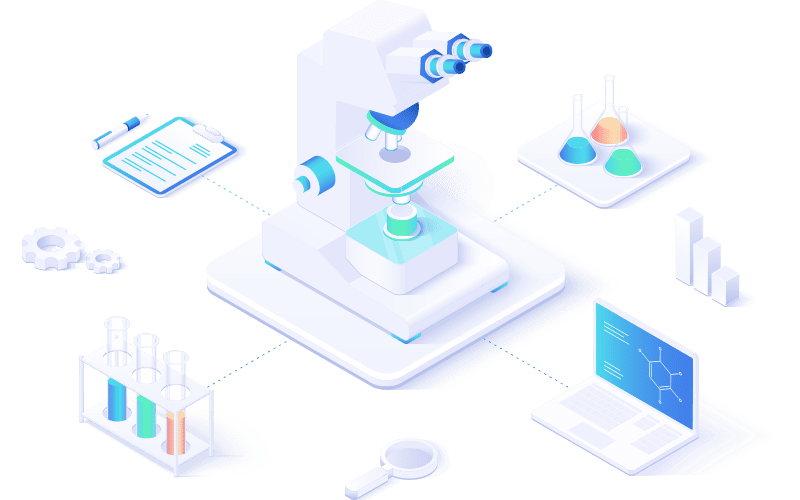
LIMS Suite
Seamless Sample and Workflow Management
The LabLynx LIMS Suite empowers laboratories with the tools needed to manage samples, workflows, compliance, and more in one centralized system. It’s the backbone for labs seeking efficient, reliable, and scalable management solutions.
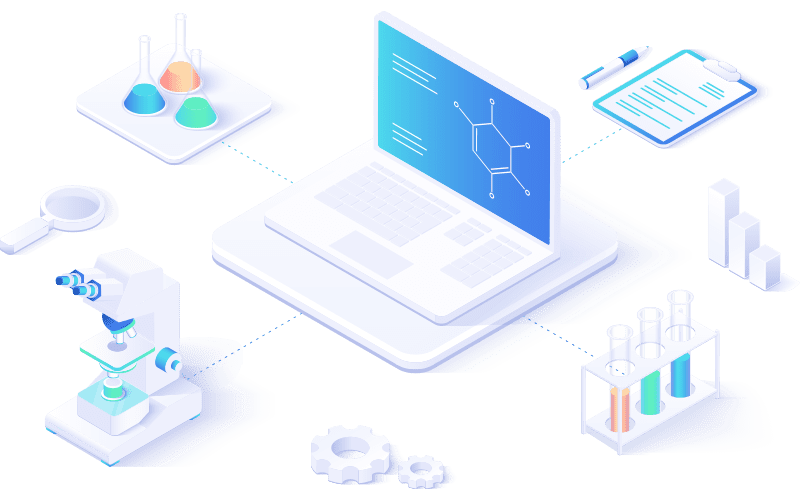
ELN Suite
The LabLynx ELN Suite offers a modern approach to managing lab data and experiments. With its secure, intuitive platform, your team can record, store, and collaborate effortlessly, supporting innovation every step of the way.
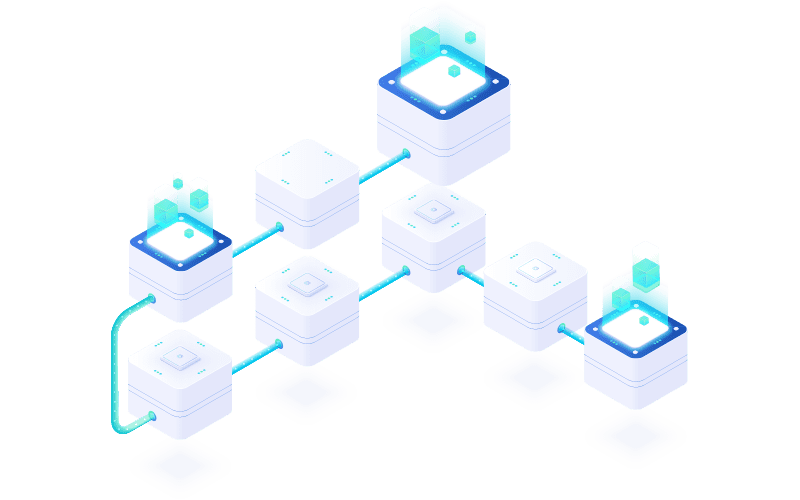
Lab Automation
Automate for Efficiency and Growth
Streamline operations and boost productivity with the LabLynx Lab Automation Suite. Designed for labs ready to embrace advanced automation, this suite integrates systems, instruments, and workflows to deliver efficiency at scale.
